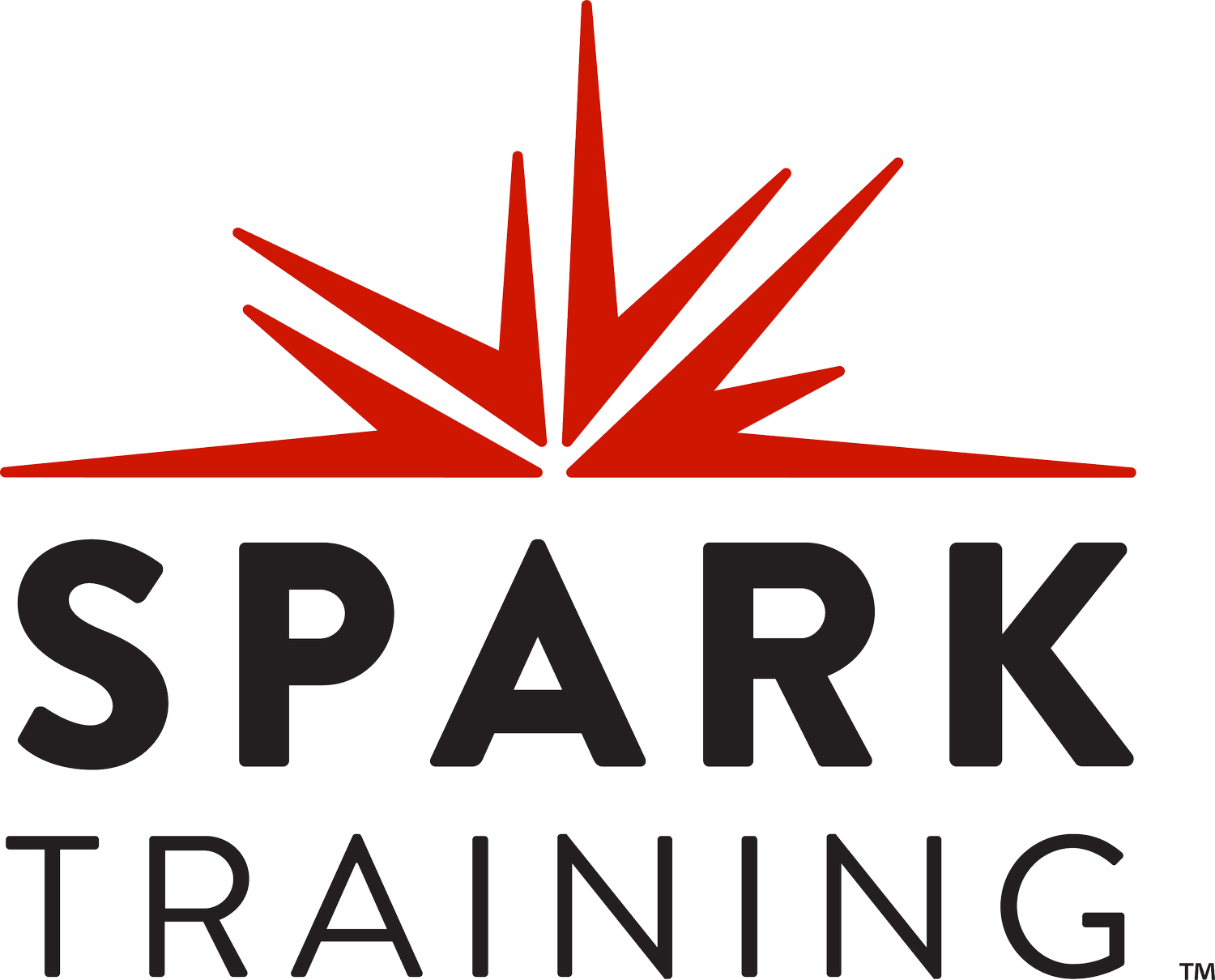MAT: Using a Tiered Approach
Jailer Thompson was livid. “I work my tail off to keep drugs and contraband out of my jail, and now I’m hearing about how we need to provide ‘medically assisted treatment’ for addicts that come in here! I can hardly stand to think about it!” Sergeant Miles sadly smiled and said, “I saw the agony my son went through when he tried to quit cold turkey from his drug habit. He got really sick and nearly died from his sudden stop.” Jailer Thompson sat down thoughtfully and replied, “Well, we sure don’t want that situation in here.”
As discussed in our May ’22 blog, MAT: Programming and Prescribing, developing a MAT (medication-assisted treatment) program takes planning and involves expertise from various sources. Also mentioned is the importance of avoiding a blanket policy prohibiting MAT in your jail. Each detainee with a substance use disorder (SUD) has a right to needed treatment, and we recommend a tiered approach.
Tiers of Medication-Assisted Treatment (MAT)
1. Medically Indicated Treatment
Avoid cold-turkey detox. Sudden withdrawal can cause serious side effects including death. Pregnant women may suffer spontaneous abortion when forced into withdrawal. Get medical and mental health care professionals involved ASAP.
2. Continuity of Care
Partner with medical to ensure a current treatment plan is continued.
3. Induction (New Start)
Ensure your jail practitioner has x-waiver certification
OR
Site-specific DEA licensed practitioners are available to start MAT
Monitoring for diversion with urine tox screens is recommended after a detainee begins treatment.
4. Harm Reduction Strategies
Offering community MAT, syringe access programs, naloxone distribution, and fentanyl test kits are considerations for harm reduction strategies.
Provide facts about MAT to your staff
Many people believe that MAT is exchanging the use of illegal drugs to controlled, legal ones. This belief should be challenged.
MAT can help someone recover from addiction, which may reduce recidivism.
MAT may or may not include the use of medication.
MAT should include a combination of counseling and behavioral therapies.
Mental health professionals should be involved to help work through the challenges of substance use disorder recovery.
These facts can help staff provide a “whole-patient” experience that may lead the patient to believe that life is worth living sober. Provide facts about MAT to your staff.
Include clear policy guidelines about starting or continuing MAT
While detainees may not admit to an addiction, it is important to observe them for signs of withdrawal and to follow facility policies on detox or MAT.
Avoid cold turkey detox.
Report known or suspected withdrawal to medical.
Include officer training for:
recognizing behaviors and symptoms that may be a medical emergency
handling MAT medication(s) safely
spotting situations that indicate misuse
Keep practitioner x-waiver certification current or site-specific DEA licensed practitioners on-call to start or continue MAT medication as indicated.
Policy guidance can support the patient approach for officers and the health care team. Include clear policy guidelines about starting or continuing MAT.
No MAT? Have a backup plan
If a detainee comes into jail with a SUD and is not in a MAT program, the jail should have a plan to provide needed medical and mental health care.
Get medical and mental health services involved.
Contact community programs to support the individual upon release.
Involving qualified professionals demonstrates your commitment to help improve patient outcomes and may help relieve the burden of addiction on the individual and the community. No MAT? Have a backup plan.
Darke, S Larney, M Farrell, S. (2016, August 11). Yes, people can die from opiate withdrawal. Onlinelibrary.com. https://onlinelibrary.wiley.com/doi/full/10.1111/add.13512
Implementing a harm reduction approach to medications for addiction treatment in outpatient settings. (n.d.). Playbook. https://www.bettercareplaybook.org/plays/implementing-harm-reduction-approach-medications-addiction-treatment-outpatient-settings#:~:text=Key%20harm%20reduction%20strategies%20include,naloxone%20distribution%2C%20and%20drug%20checking
For more information about using a tiered approach for MAT, contact us training@sparktraining.us.
All materials have been prepared for general information purposes only. The information presented should be treated as guidelines, not rules. The information presented is not intended to establish a standard of medical care and is not a substitute for common sense. The information presented is not legal advice, is not to be acted on as such, may not be current, and is subject to change without notice. Each situation should be addressed on a case-by-case basis. WHEN IN DOUBT, SEND THEM OUT. ®




















